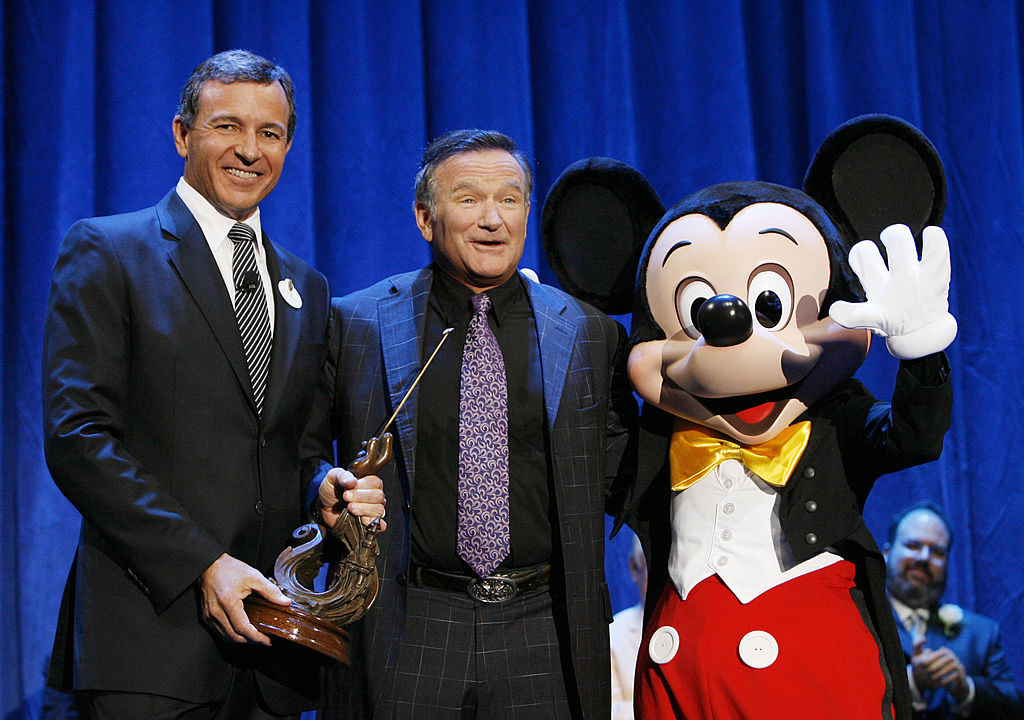1. The Disney Vault is a real thing! It's in Glendale, California, and is a building that houses not only the films themselves but also the sketches and models used to make them.
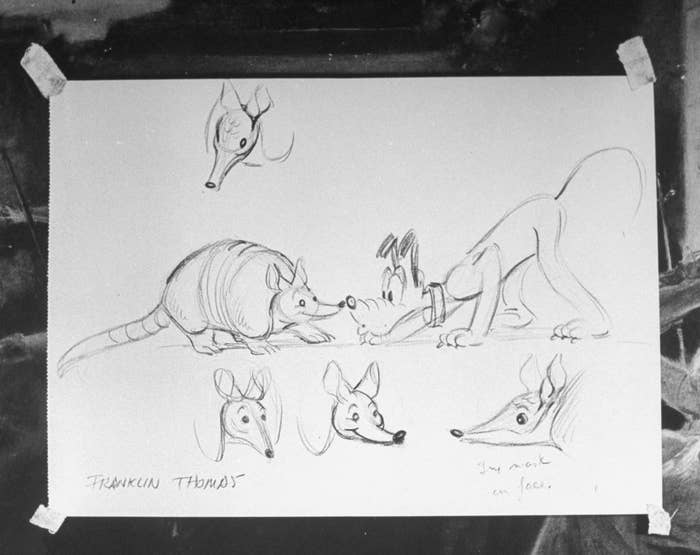
The term "Disney Vault" is actually a lot older than you might think. It was used to refer to movies that were taken out of "the vault" and rereleased into theaters after their original run (this was way before home videos existed).
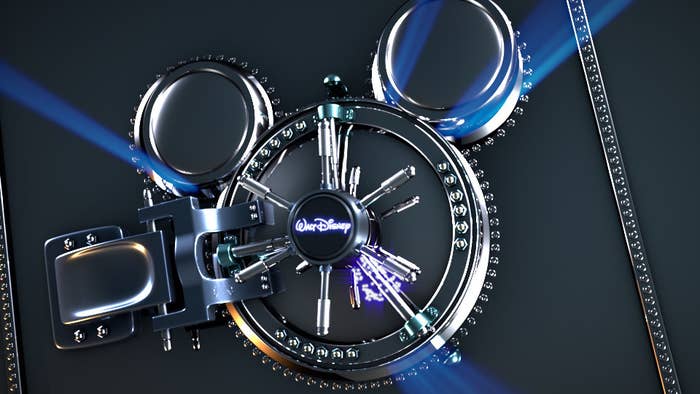
The first movie rereleased from "the vault" was Snow White and the Seven Dwarfs in 1944, during World War II. The studio was sort of forced to because it was cash-strapped at the time and was producing propaganda films for the government that weren't really made for profit.
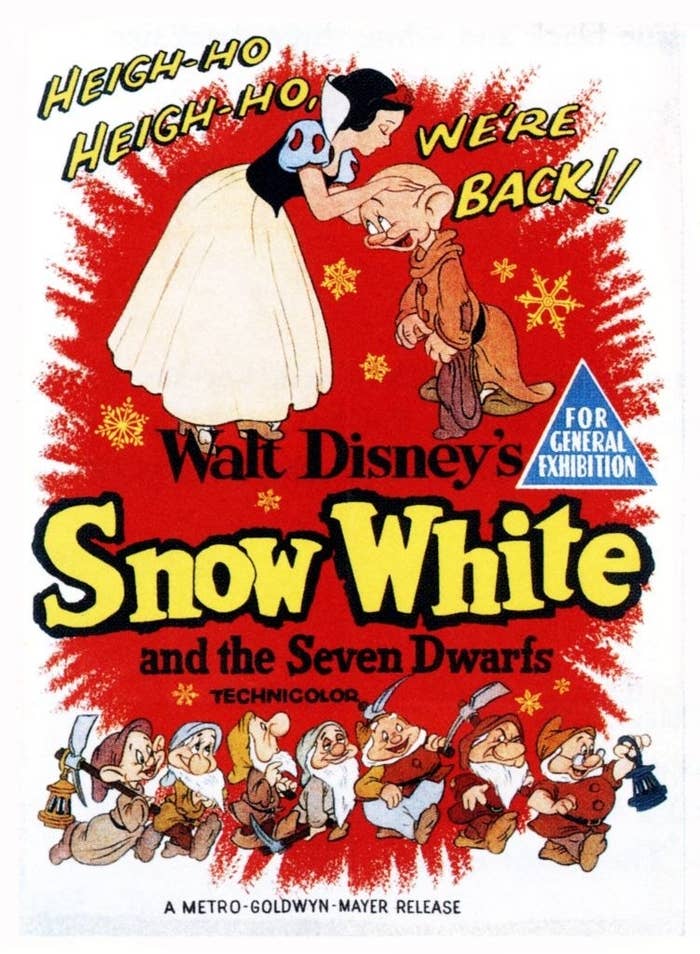
The success of the Snow White rerelease started the tradition of Disney rereleasing its films from "the vault" and into theaters every 7–10 years.
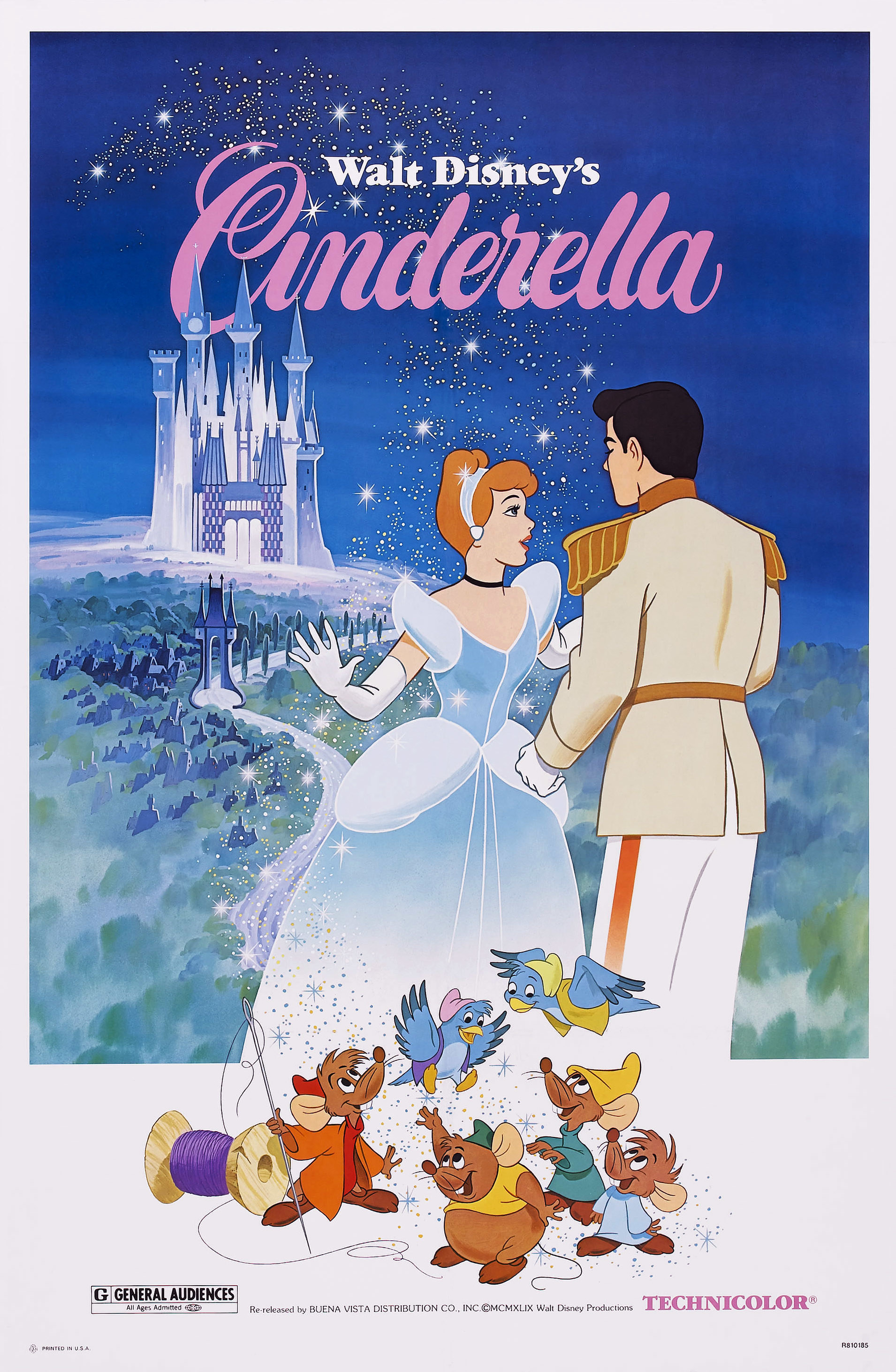
By the '80s and '90s, the Disney Vault had become a marketing tool to help sell VHS releases.
View this video on YouTube
But in 2019, "the vault" model essentially ended with the launch of Disney+, when its entire back movie catalog was put up on the streaming service.
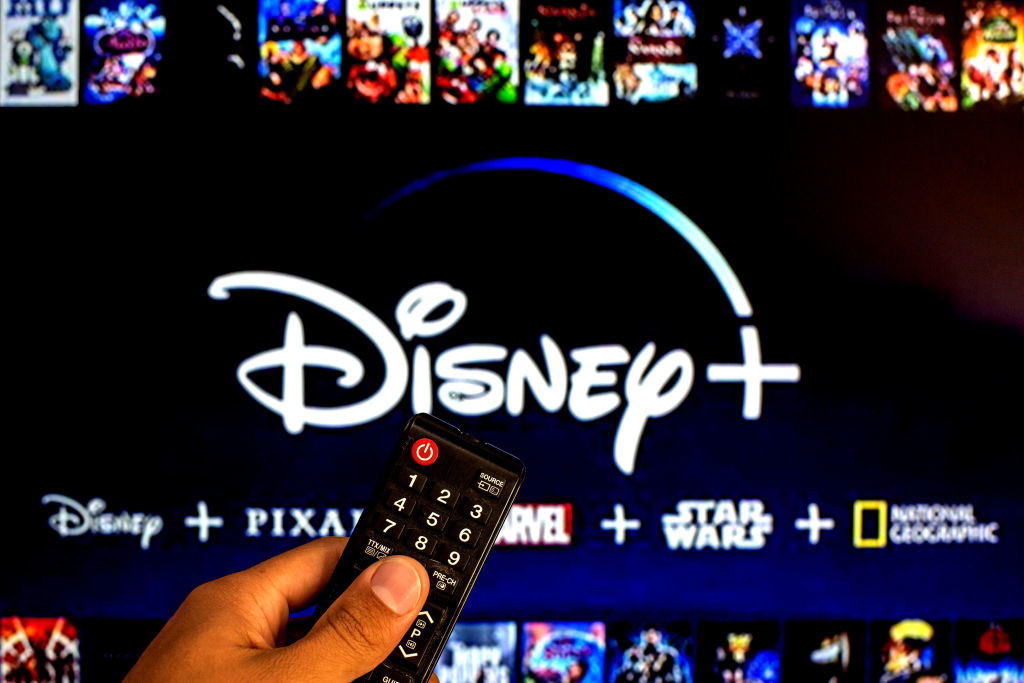
2. Pinocchio is, of course, an iconic Disney film (and was the first Disney Classic animated movie to be released from "the vault" on VHS), but when it was originally released, it bombed at the box office — this was largely because it was so expensive to make and because of World War II.
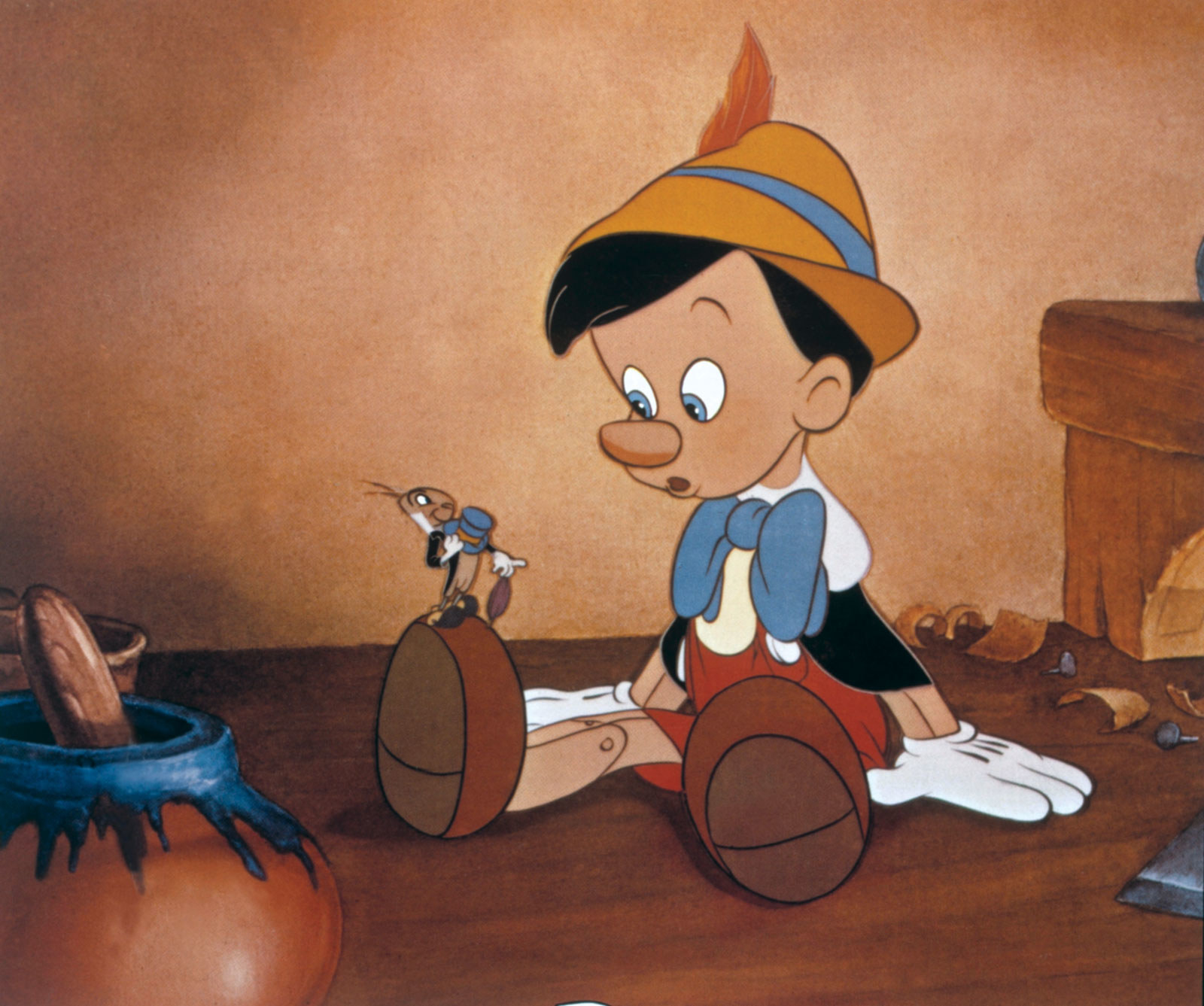
European markets were actually where Disney's films made a lot of money. But in 1940, when Pinocchio was released, Europe was already in the middle of WWII, so those film markets were closed.
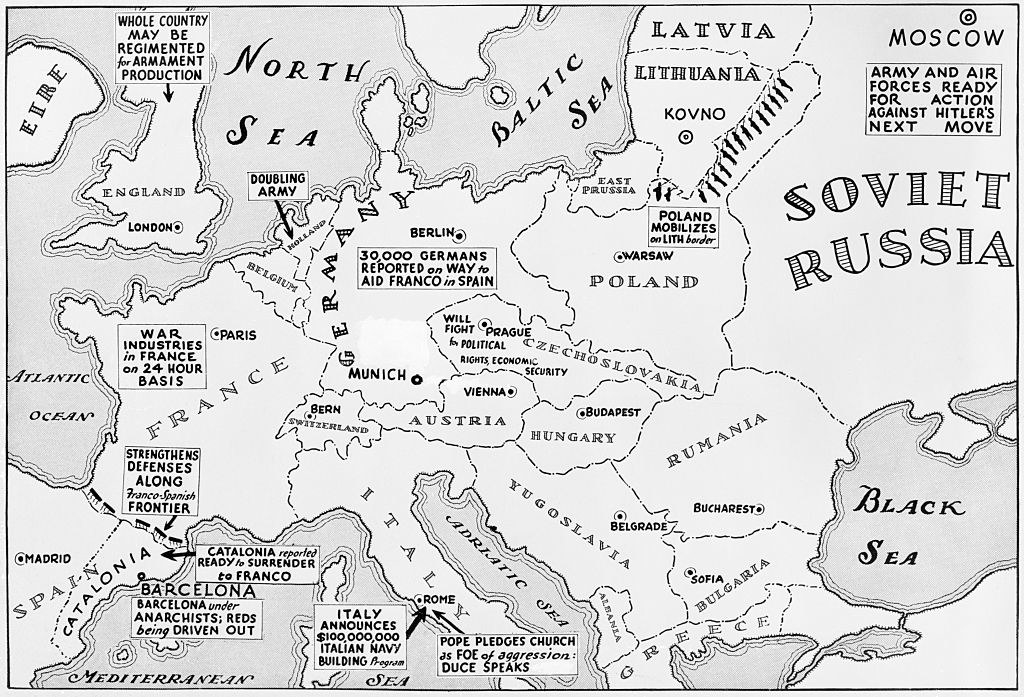
Pinocchio does have the distinction of being the first Disney film to win the Oscar for Best Original Song. And as you probably guessed, it was for "When You Wish Upon a Star."
View this video on YouTube
3. Walt Disney holds the record for the most Academy Awards won by a single person. He won 26 Oscars and was nominated 59 times.
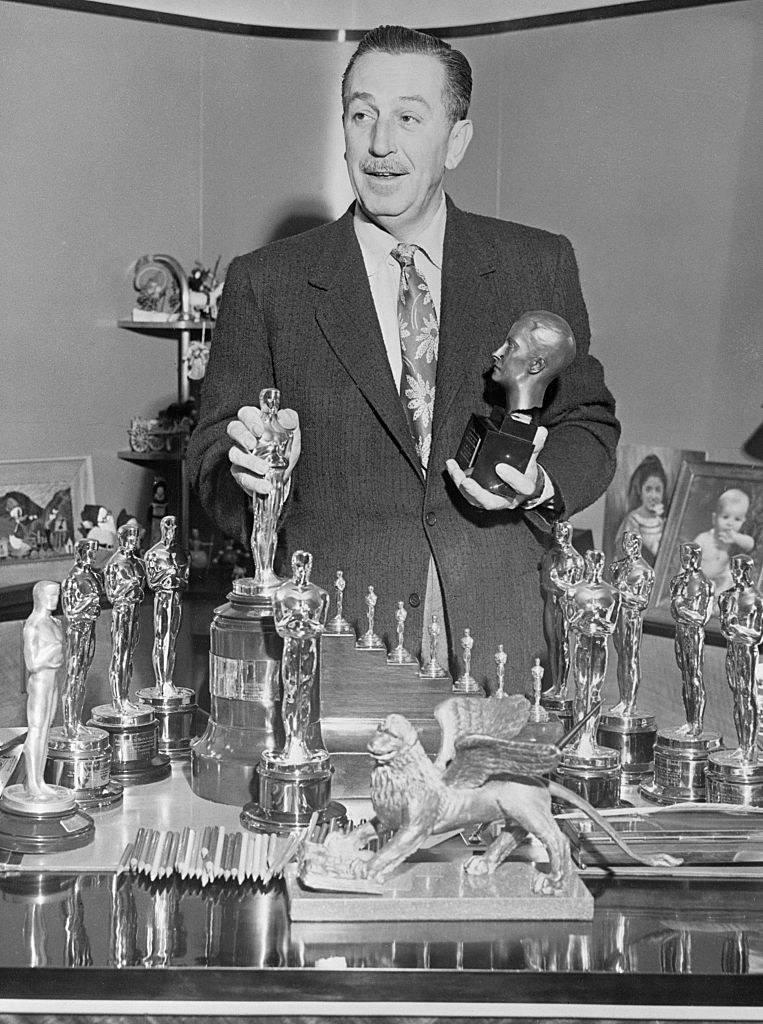
Walt won his very first Academy Award — which also happened to be the first-ever Oscar for Best Cartoon Short Subject — in 1932 for Flowers and Trees.
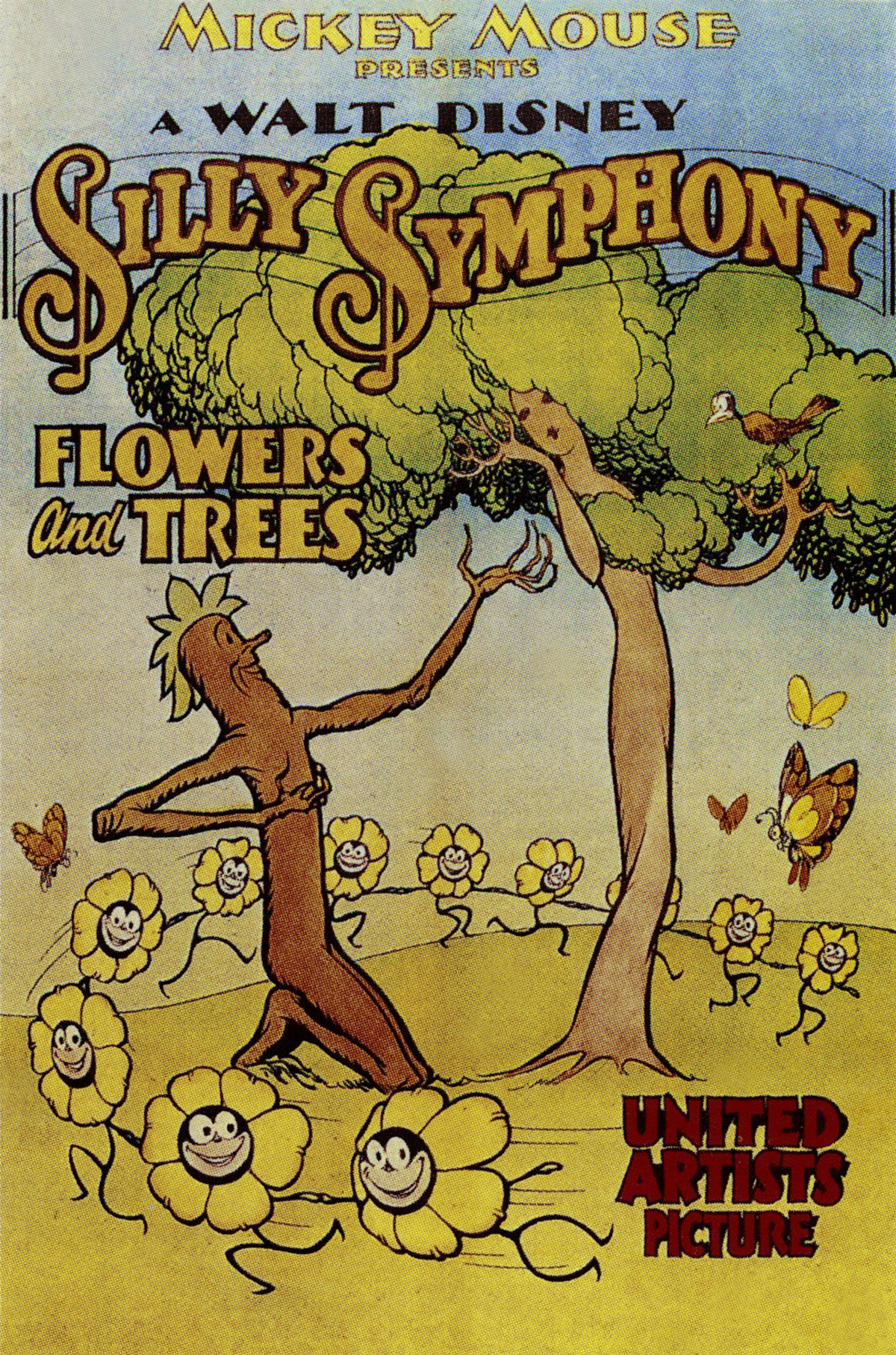
And he won his final Oscar posthumously in 1969 for Winnie the Pooh and the Blustery Day.
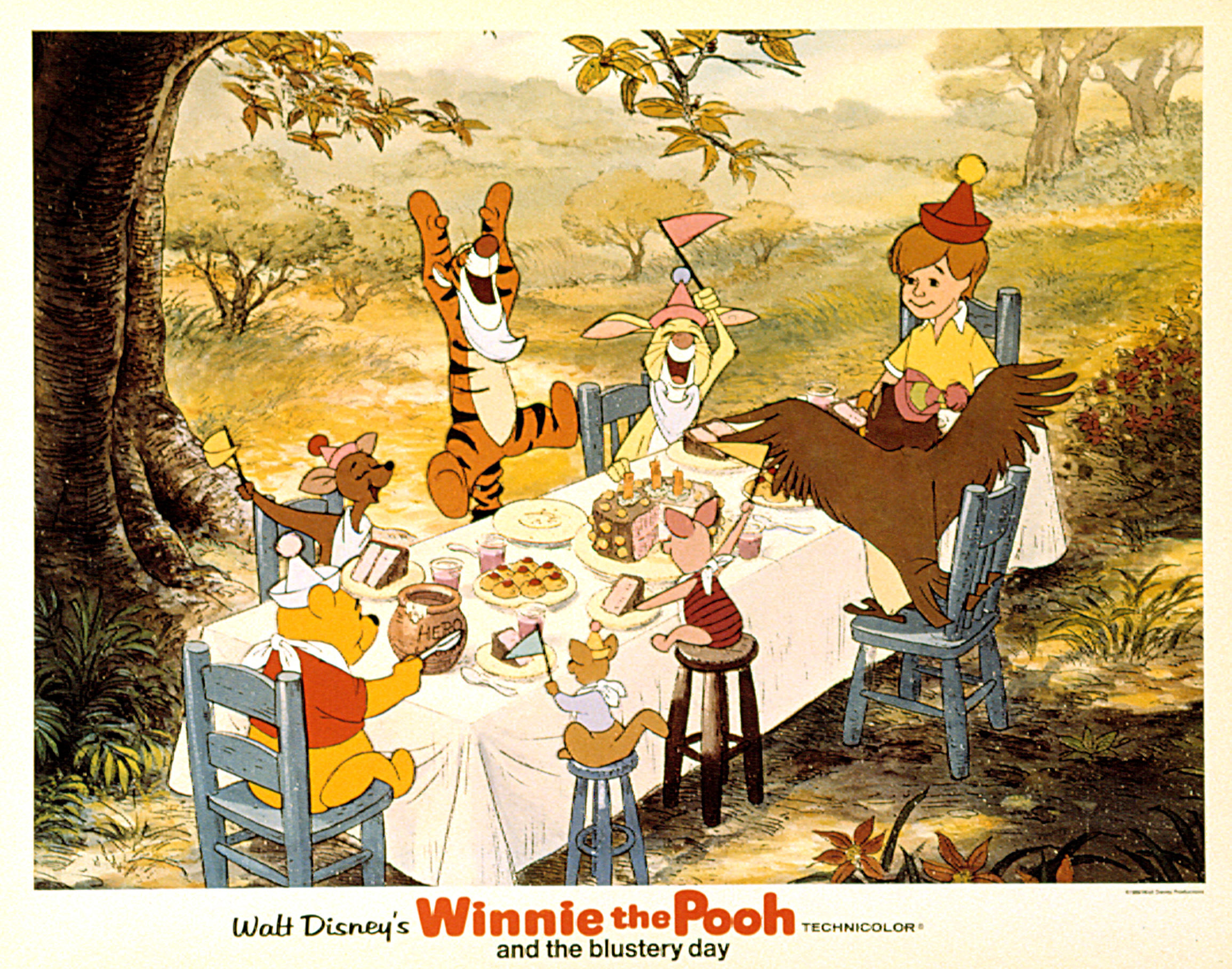
4. In 2014, "Let It Go" from Frozen was the first Disney Animation Studios film in 14 years to win the Oscar for Best Original Song.
View this video on YouTube
This excludes songs won by Disney live-action movies and Pixar.
It was the longest streak Disney Animation Studios had gone without winning that category since the 42-year drought between 1948 and 1990 — when they won for "Zip-a-Dee-Doo-Dah" from Song of the South — although Disney Studios had won a Best Song Oscar 25 years earlier for "Chim Chim Cher-ee" from Mary Poppins.
View this video on YouTube
The drought was ended in 1990 by "Under the Sea" from The Little Mermaid, which started a decade of musical dominance at the Oscars.
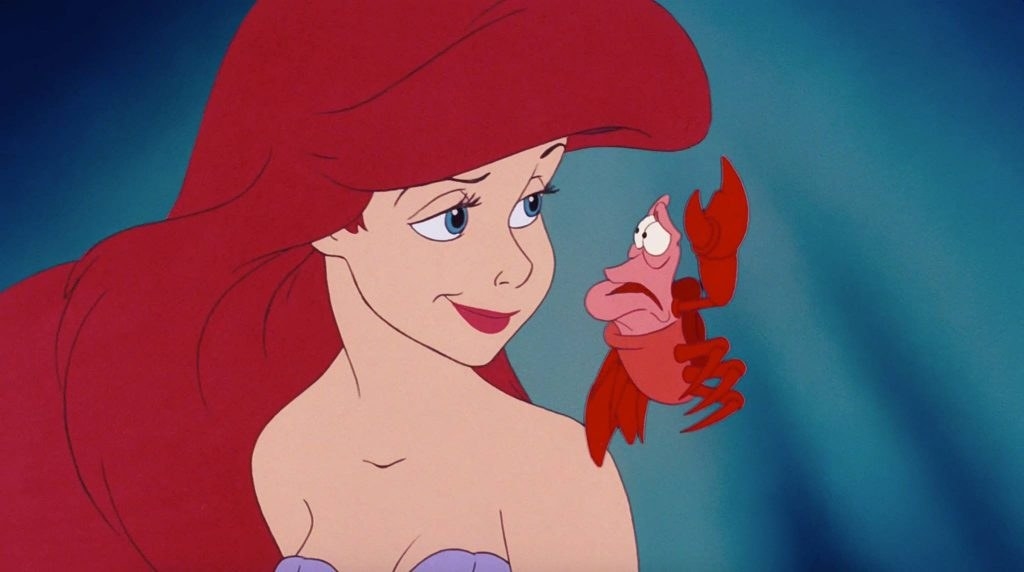
They also won for "Beauty and the Beast" from Beauty and the Beast in 1992...

..."A Whole New World" from Aladdin in 1993...
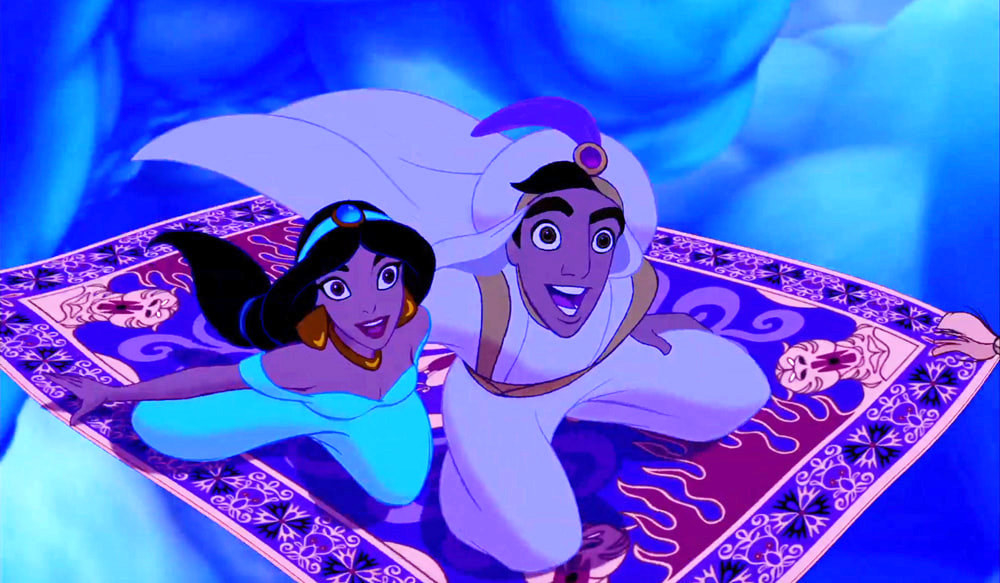
..."Can You Feel the Love Tonight" from The Lion King in 1994...

..."Colors of the Wind" from Pocahontas in 1995...
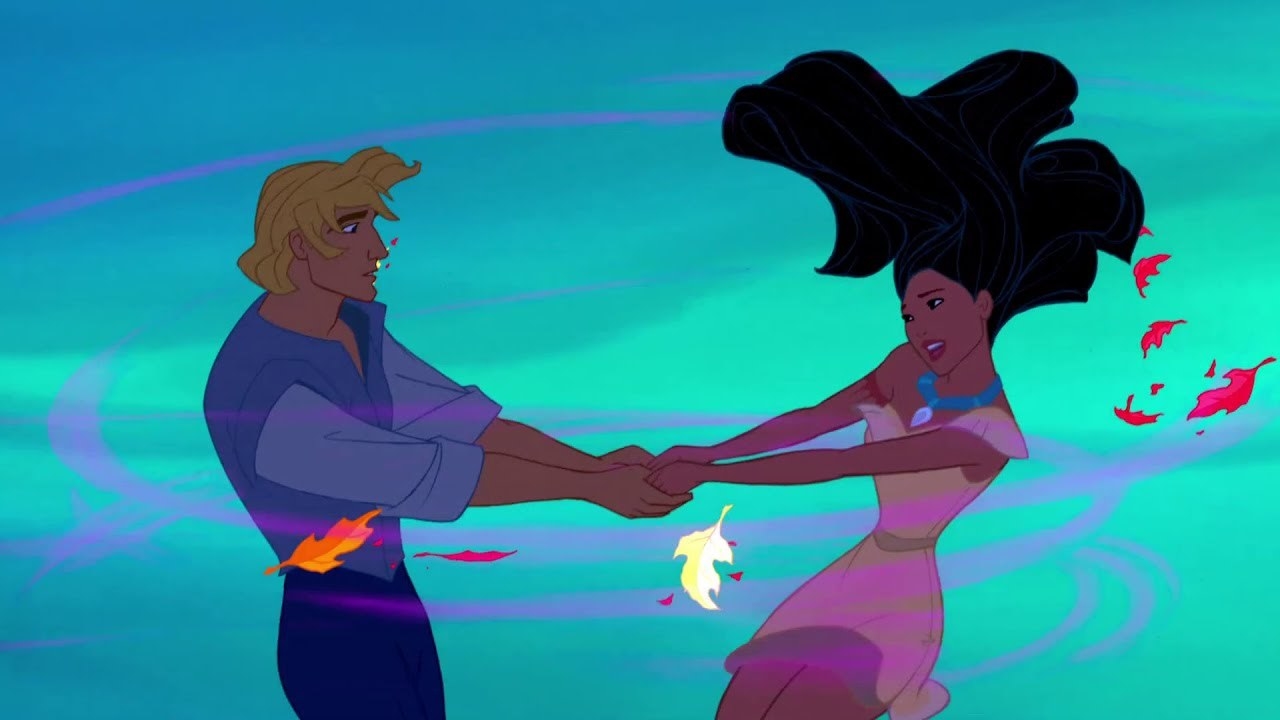
...and "You’ll Be in My Heart" from Tarzan in 1999.
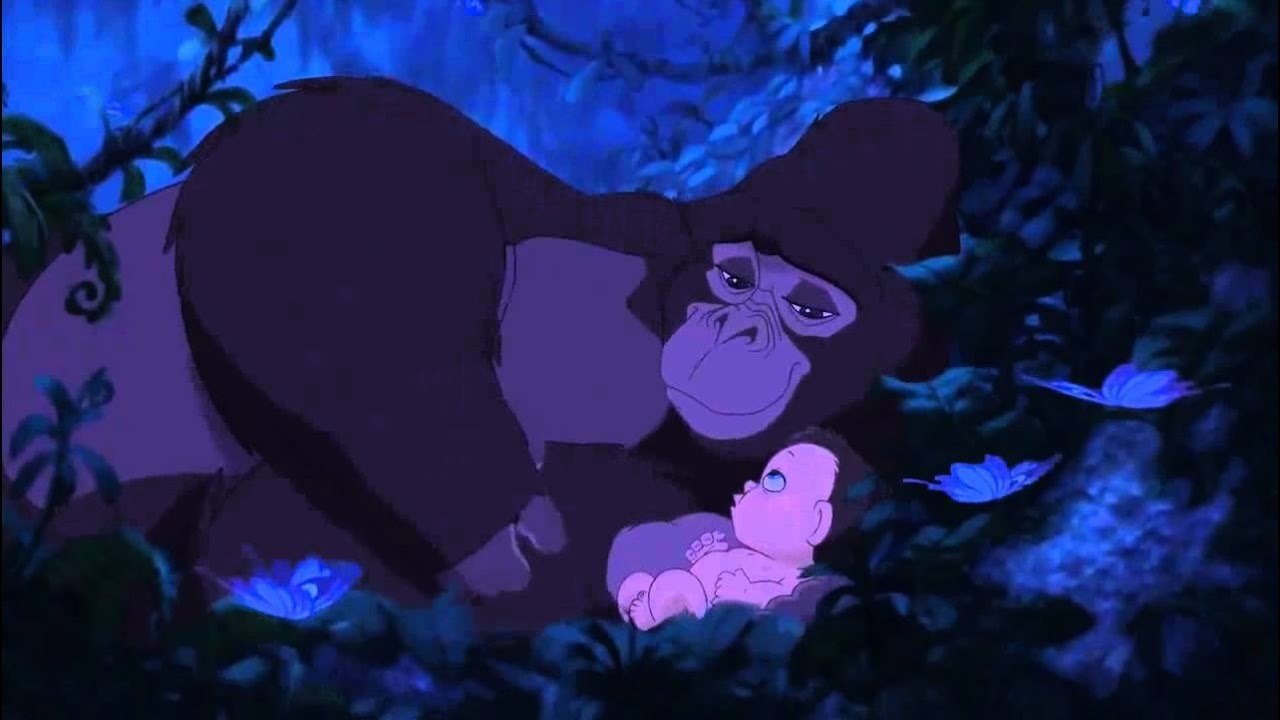
5. The Little Mermaid was actually the first Disney movie to be released on home video following its theatrical release. And it was considered a gamble for the company.
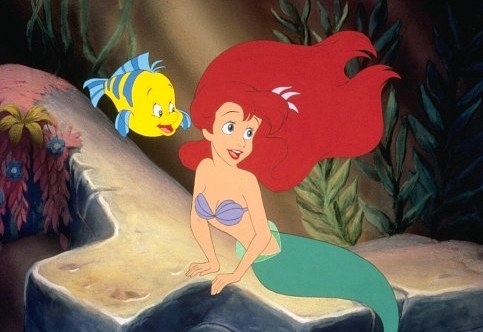
The movie was released onto home video six months after its release and, of course, went on to become a huge seller. But many at Disney did not want it to be released onto home video because it would cut into the established theatrical rerelease model. The success of it led Disney in the 1990s to shift to the home video model, releasing not only its new movies on home video but also its "vault" movies.
View this video on YouTube
While The Little Mermaid is often credited with saving Disney Animation, it's rarely mentioned how it opened up the studio to a huge new revenue stream throughout the '90s and '00s.
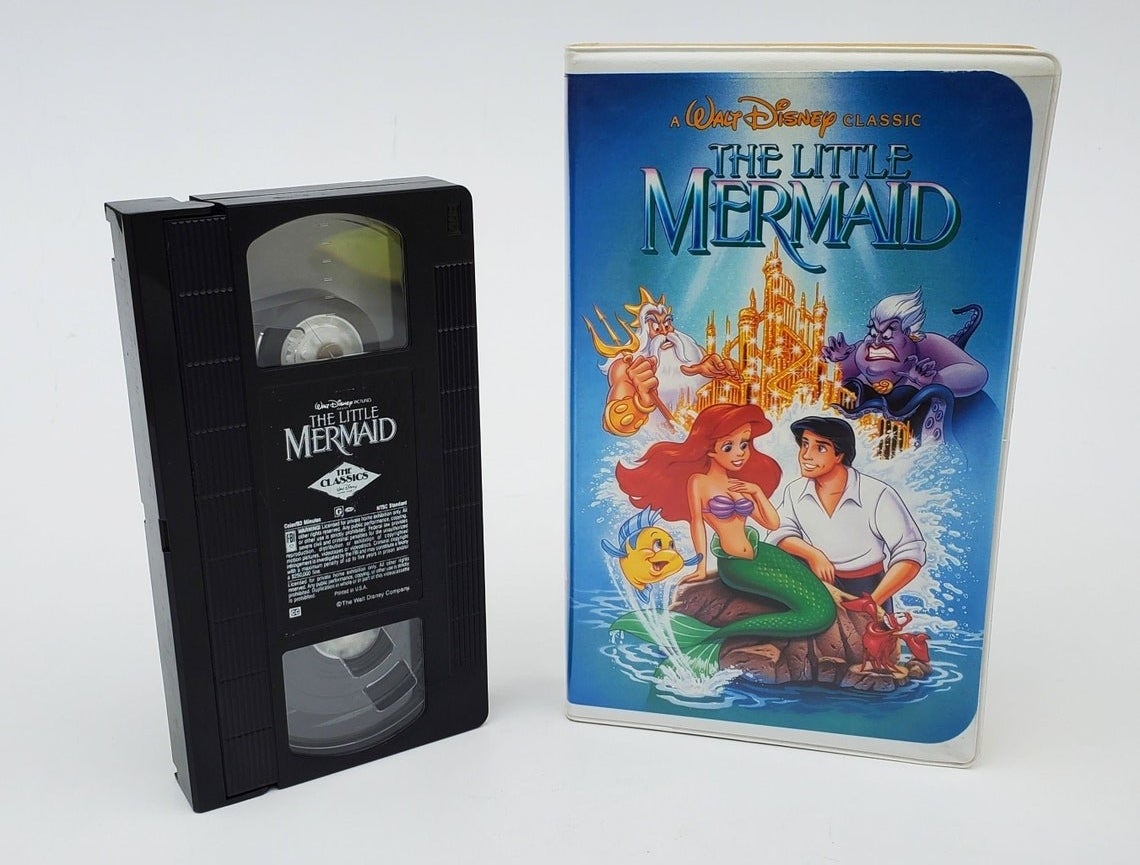
6. Disney actually has a history of having its princess films saving it in one way or another — like Cinderella, which actually financially rescued the studio after it became a huge hit in 1950.
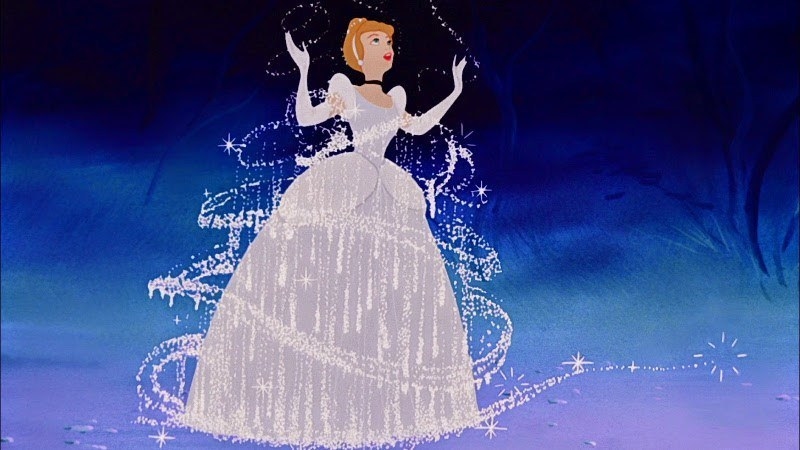
The decade prior to the release of the movie, the 1940s, had been an overall bad time for Disney Studios. Pinocchio, Fantasia, and Bambi had all done poorly at the box office, and the studio's employees had gone on strike in order to form a union (which they eventually did do, but not before it got a bit ugly).
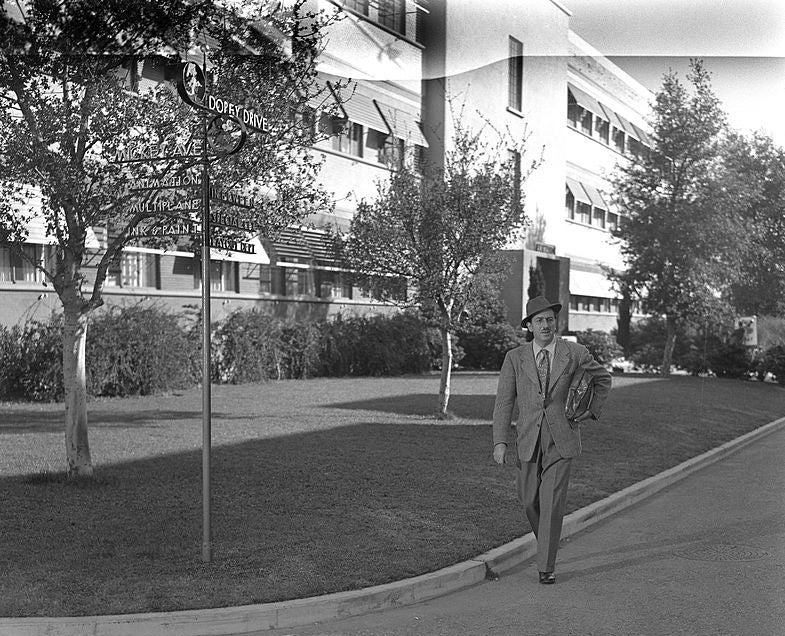
By the end of the decade, the studio was over $4 million in debt. So Walt decided to take a huge risk and make a feature-length animated movie based on a beloved fairy tale (hoping for another success like Snow White).
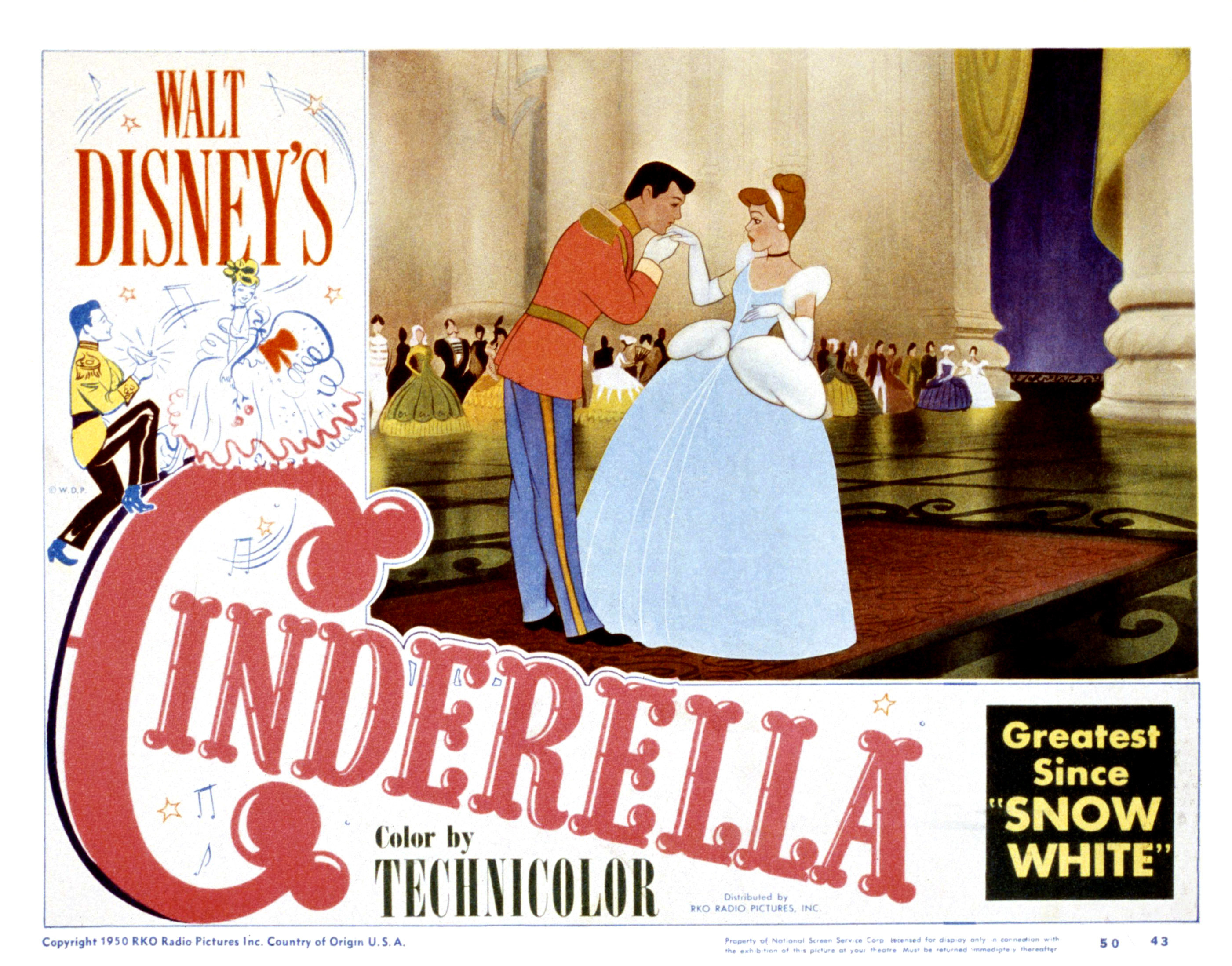
Even though Cinderella had been a huge success, Walt had been unhappy with how the film turned out, and felt he would never create anything as good as Snow White again.
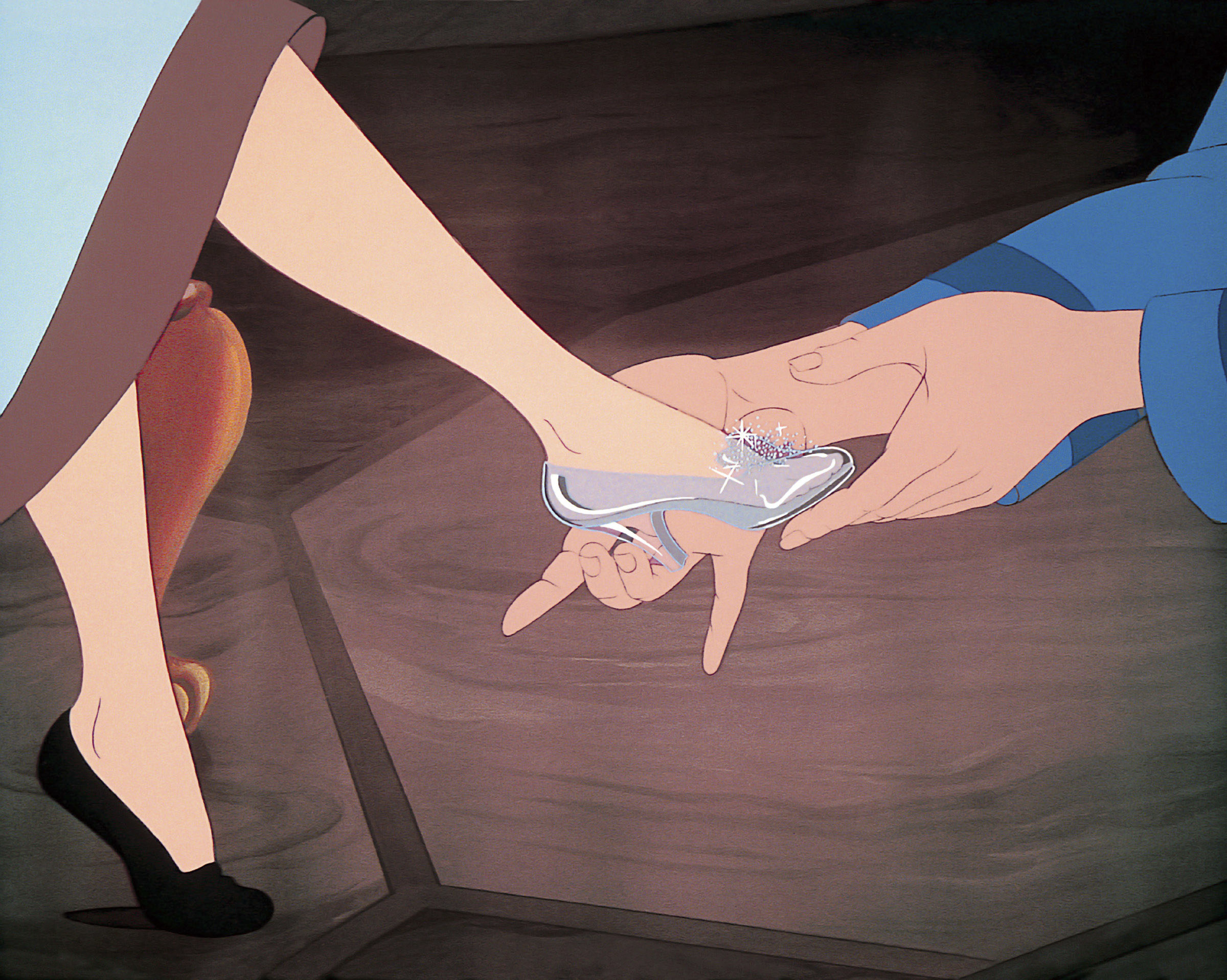
7. Disney's next princess film, Sleeping Beauty, would spell trouble again for its animation department. Not only was it the most expensive animated movie the studio had ever made at the time, but it also took a long time to make (going into production in 1951 and not being released into theaters until 1959).

Sleeping Beauty ended up being a major disappointment at the box office. And Disney would not make another fairy tale princess movie for 30 years. Yup, there was a 30-year gap — 1989's The Little Mermaid would be the next fairy tale movie.
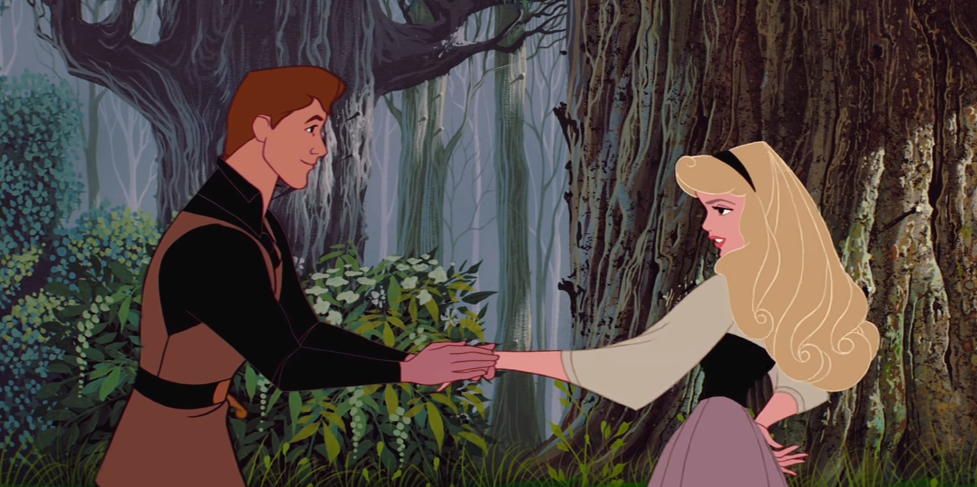
Sleeping Beauty was able to actually recoup its cost and become a successful movie, but only after it was theatrically rereleased three more times (in 1970, 1979, and 1986).
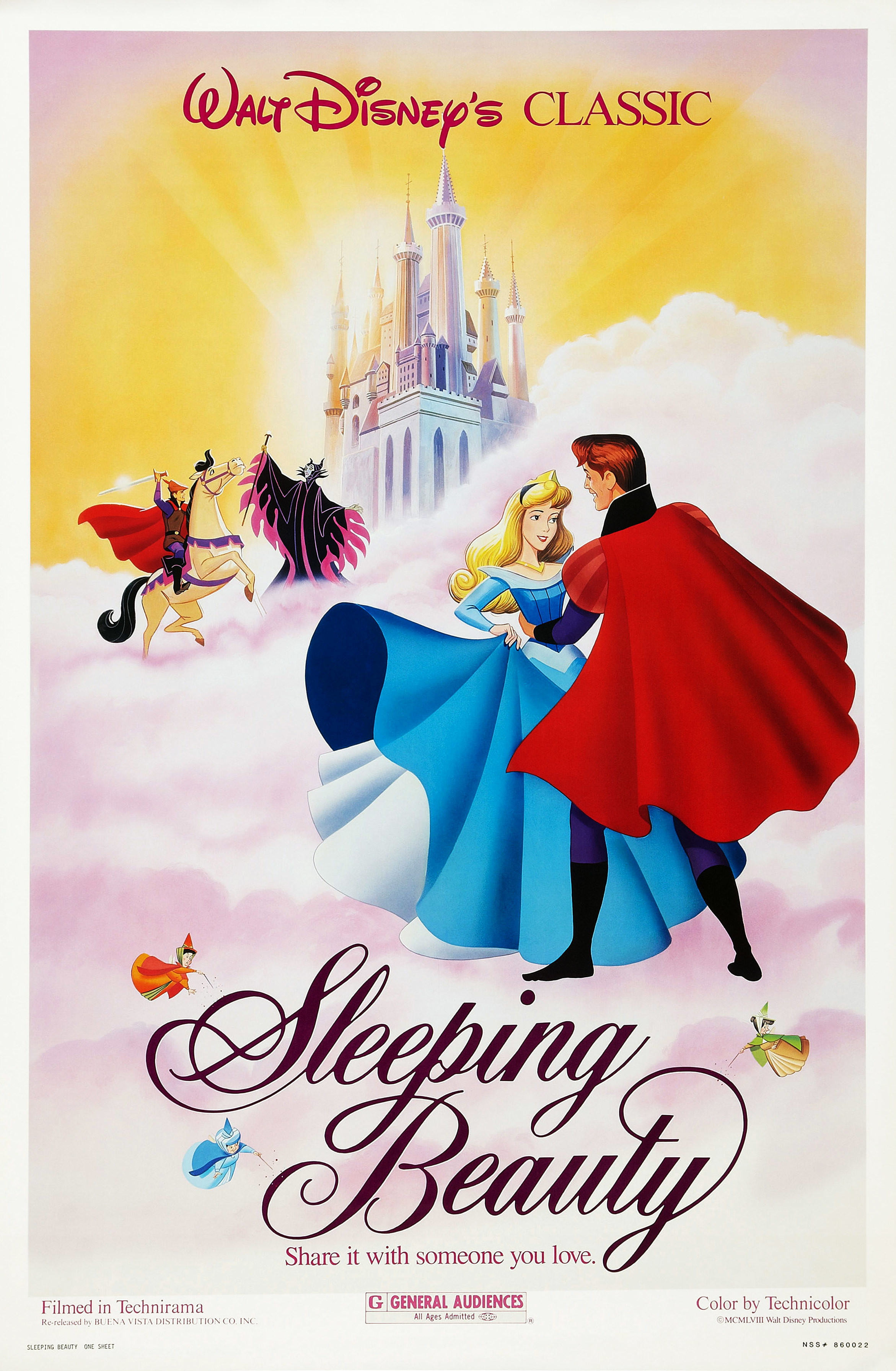
8. 101 Dalmatians, which was released two years after Sleeping Beauty, saved Disney's animation department after it was a huge box office success.
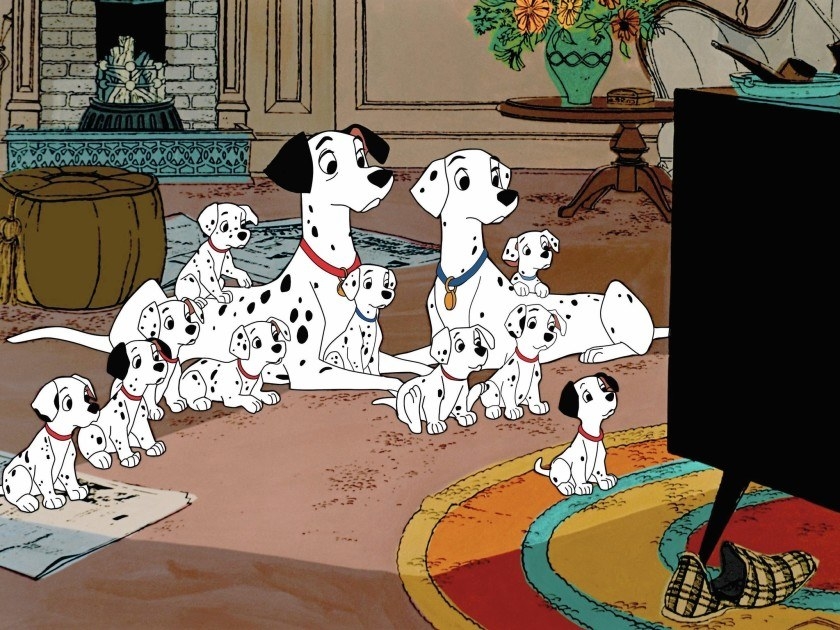
The film also was a departure style-wise from all the previous Disney animated movies (with a more sketchy look) because it was entirely Xeroxed. By photocopying the animators' drawings onto cels, they were able to save not only time but also money.
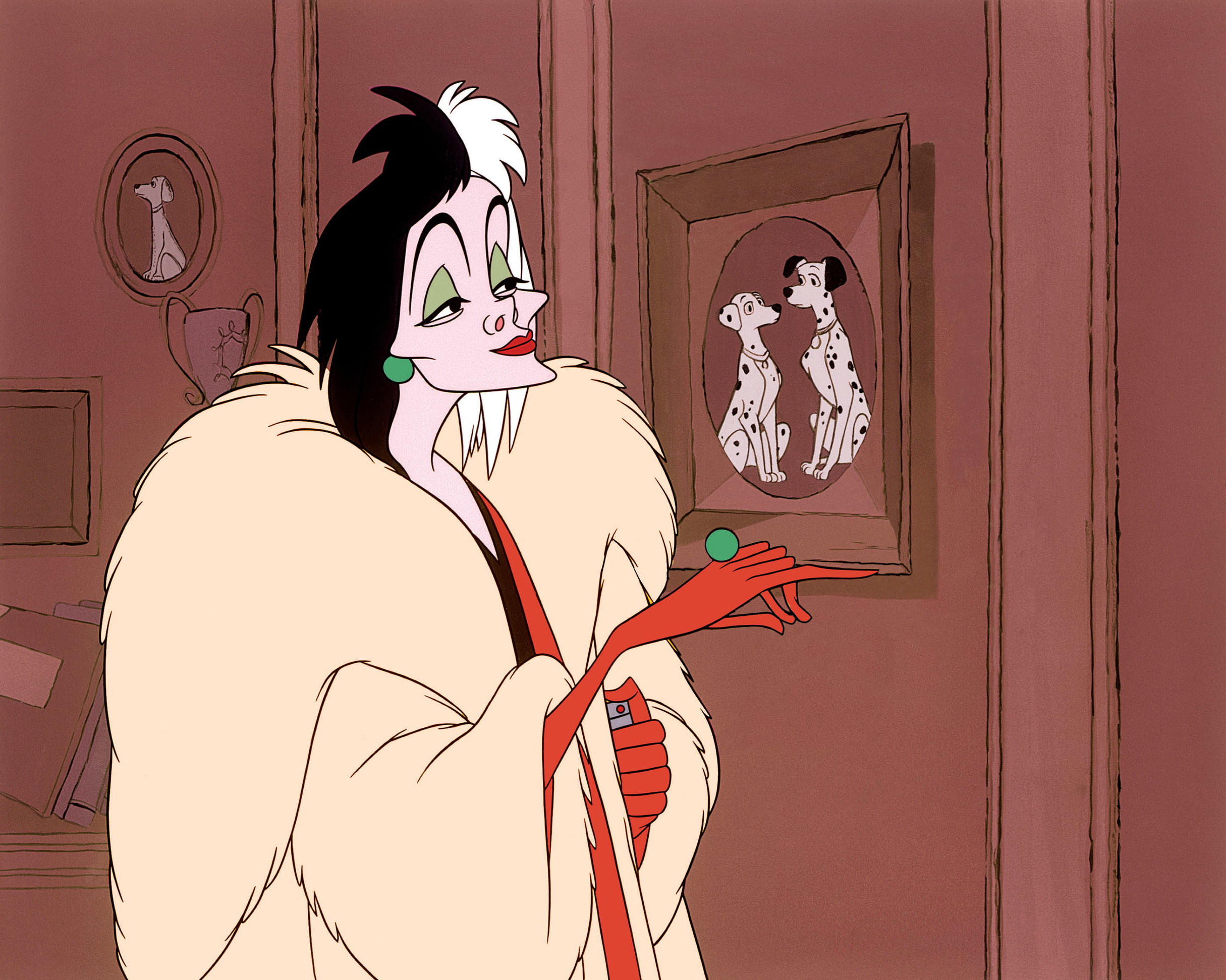
9. A few years before she would appear in Disney's Mary Poppins, Julie Andrews partially inspired the design of Anita in 101 Dalmatians.
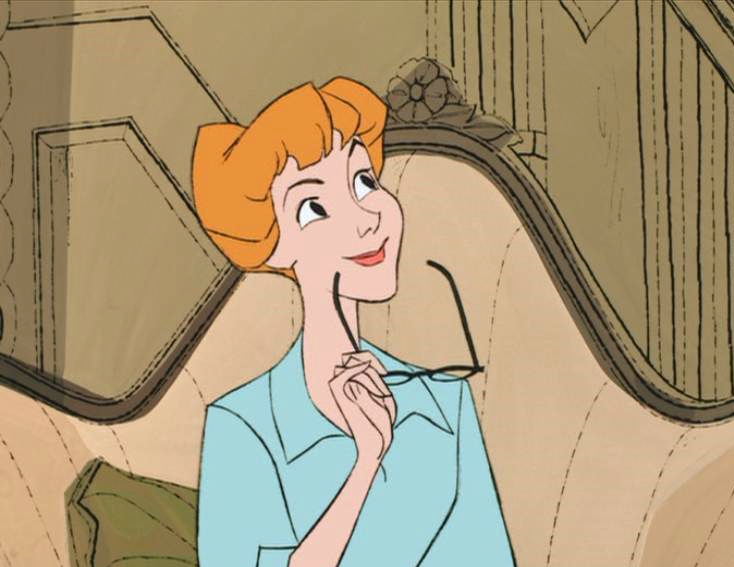
At the time of the 101 Dalmatians production, Julie was most famous for playing Eliza Doolittle on Broadway in My Fair Lady. However, that wasn't the role that landed her Mary Poppins — it was her performance as Queen Guinevere in Camelot (another high-profile Broadway show) that "wowed" Walt and made him want to cast her.
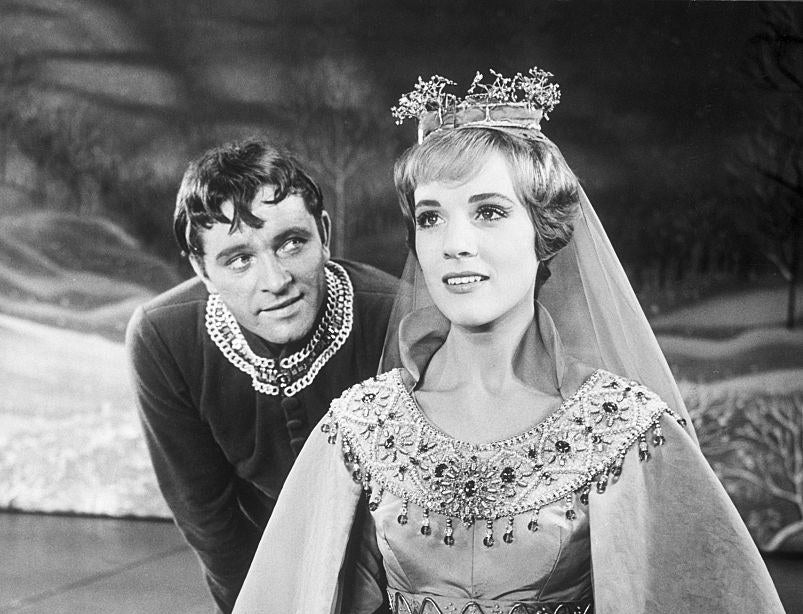
And while we never got a sequel film with Julie playing Mary, she did play the character a few more times in some of her TV specials.
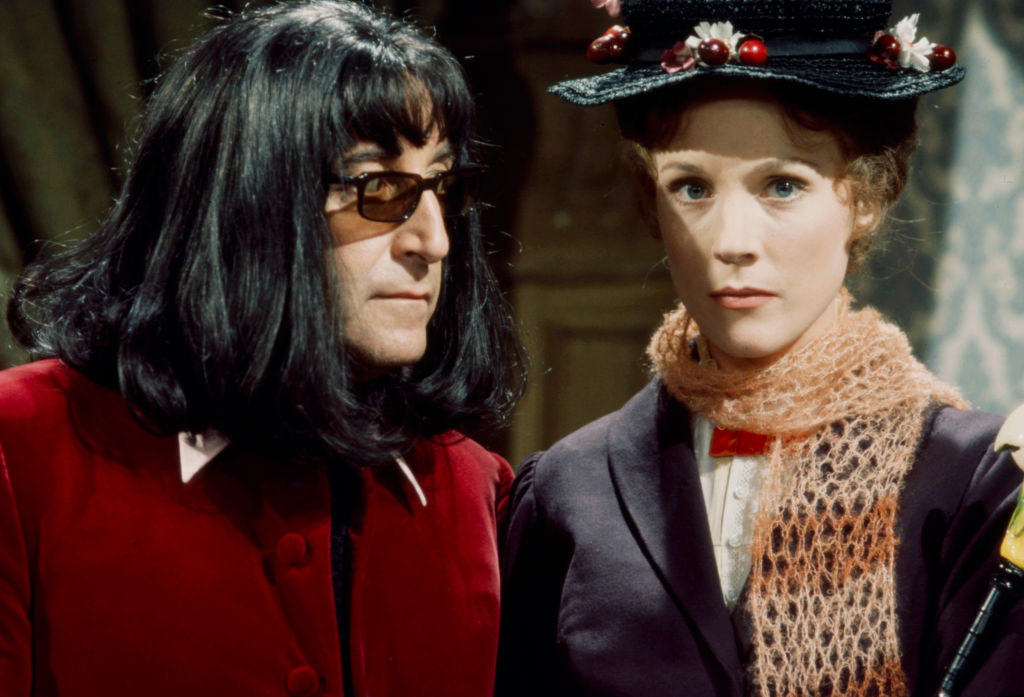
10. Walt's struggle to adapt Mary Poppins onto the big screen is well documented and was even made into a movie, Saving Mr. Banks. However, the delightful scene in the film where Walt takes author P.L. Travers to Disneyland did not happen in real life.
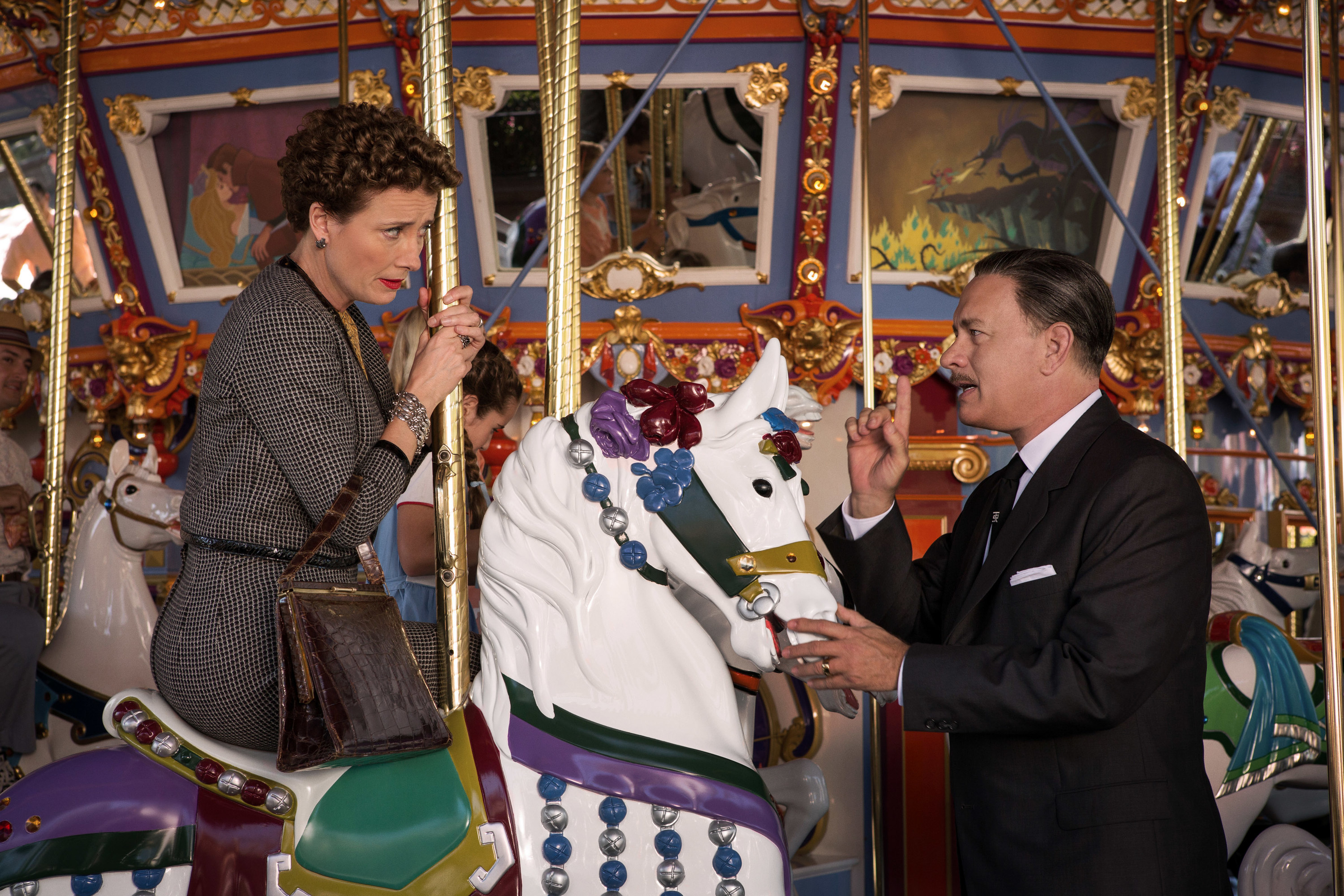
P.L. famously hated the Mary Poppins movie and refused to work with Disney again and give them the rights to a sequel.
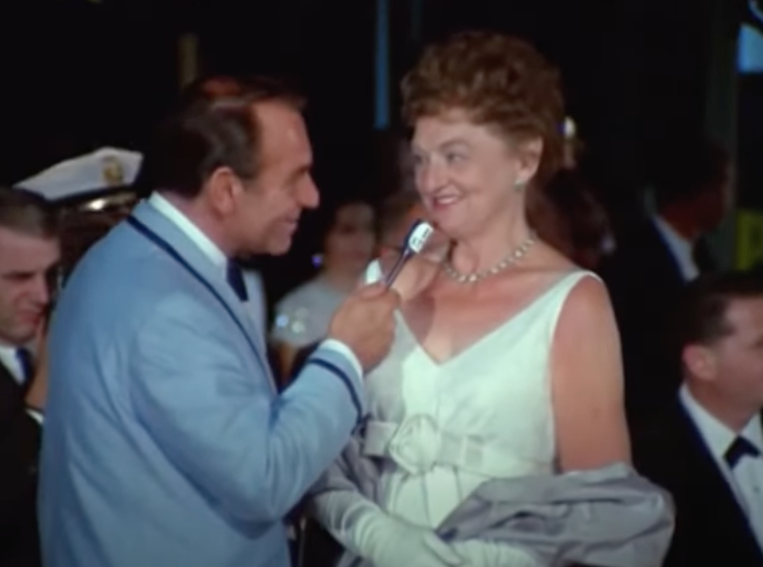
However, there could've been a Mary Poppins sequel in the 1980s, according to British writer Brian Sibley, who had befriended P.L. during that time. One day she mentioned that Disney had reached out again to ask about another film and that she was going to say no, to which Brian replied that it was a shame there hadn't been a sequel. To his surprise, P.L. said she would agree to it only if she had control and if he wrote it.
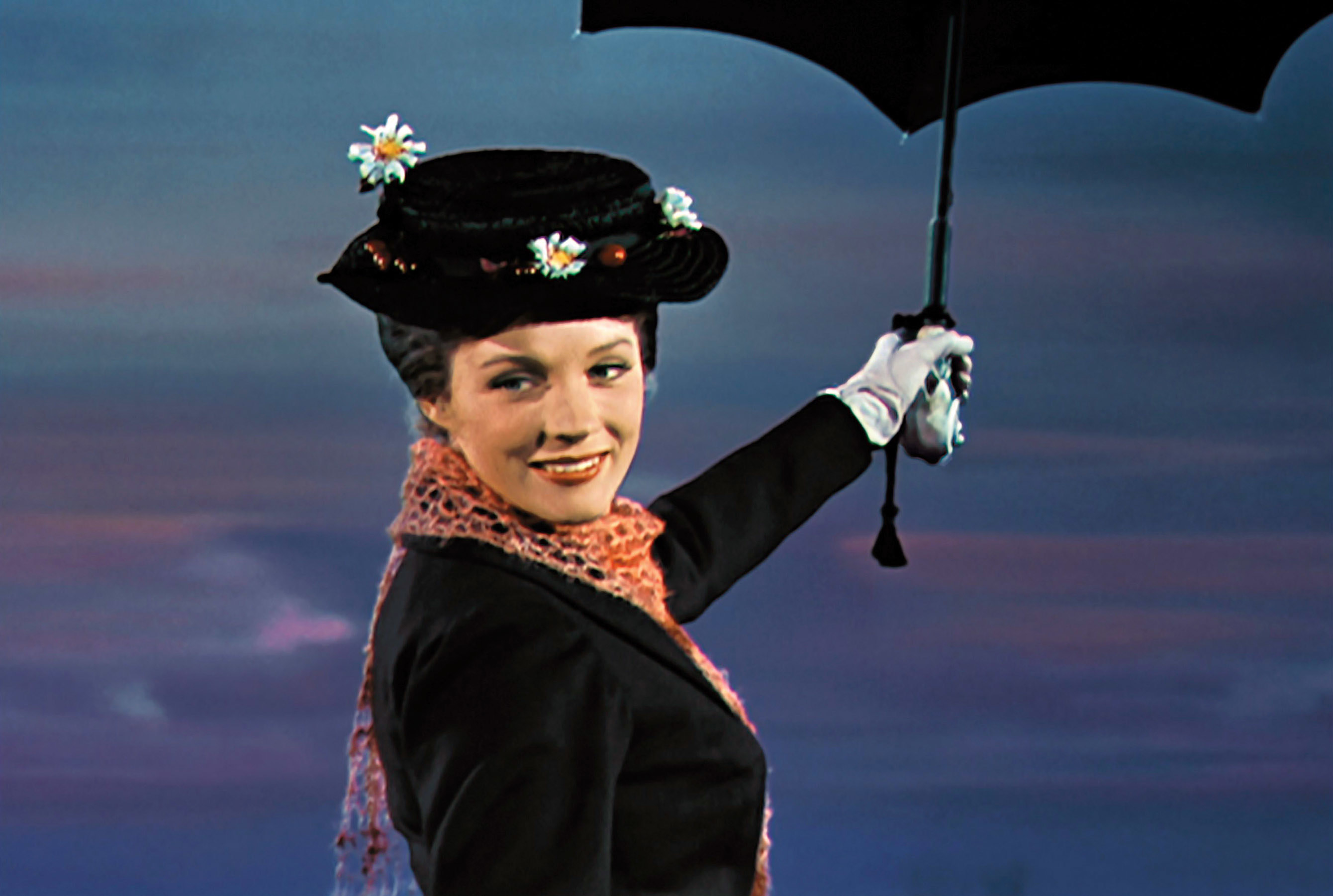
11. In 1990, Disney released its first sequel to an animated movie, The Rescuers Down Under, but unlike most of the sequels that would follow, it was released theatrically.
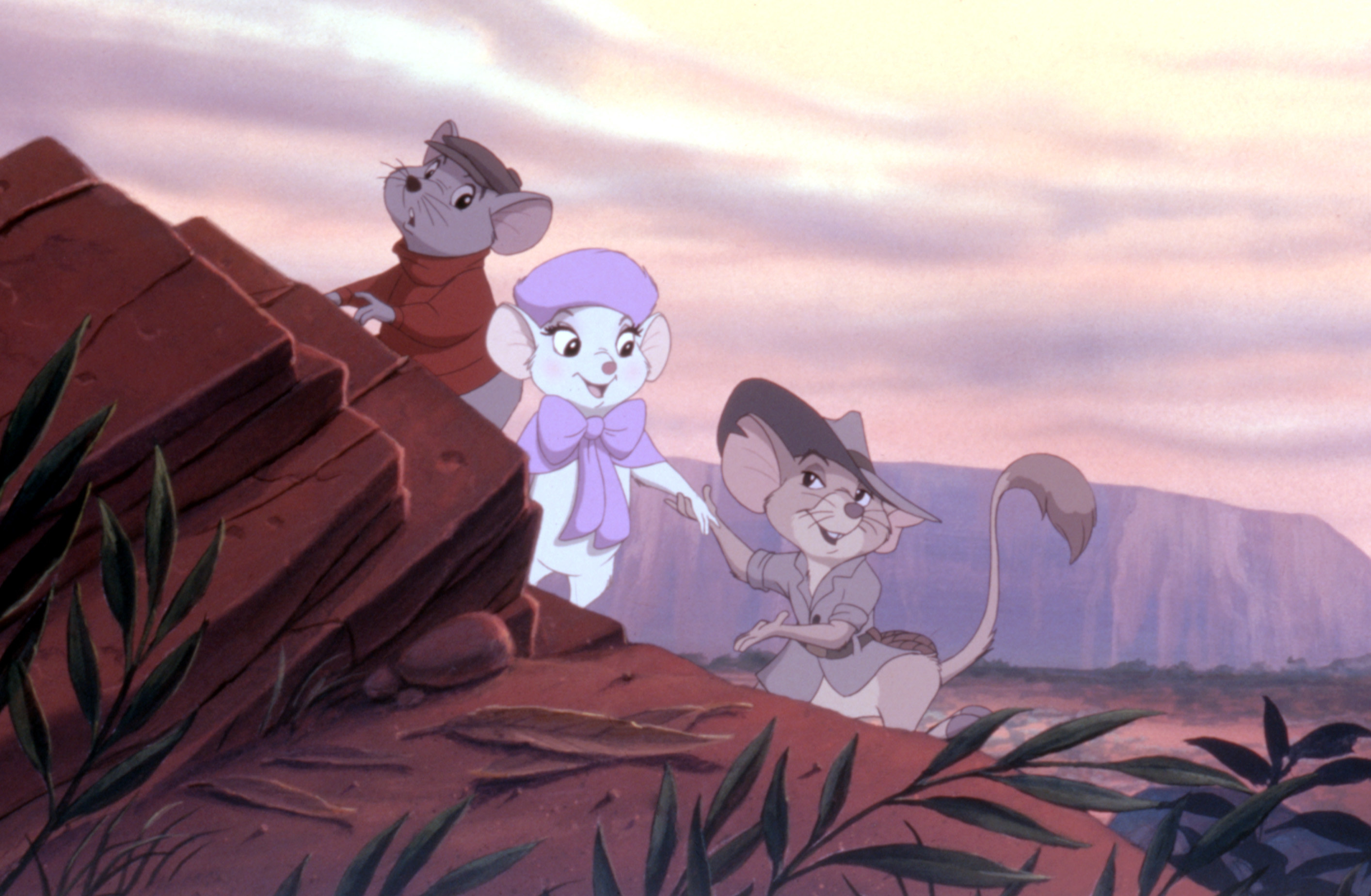
As most '90s and '00s kids probably remember, however, Disney released its sequels onto home video. And its first direct-to-video sequel was 1994's The Return of Jafar. It was also an incredible success, costing just $5 million to make and grossing $120 million in sales. This led to Disney making lots of direct-to-video sequels for the next decade-plus.
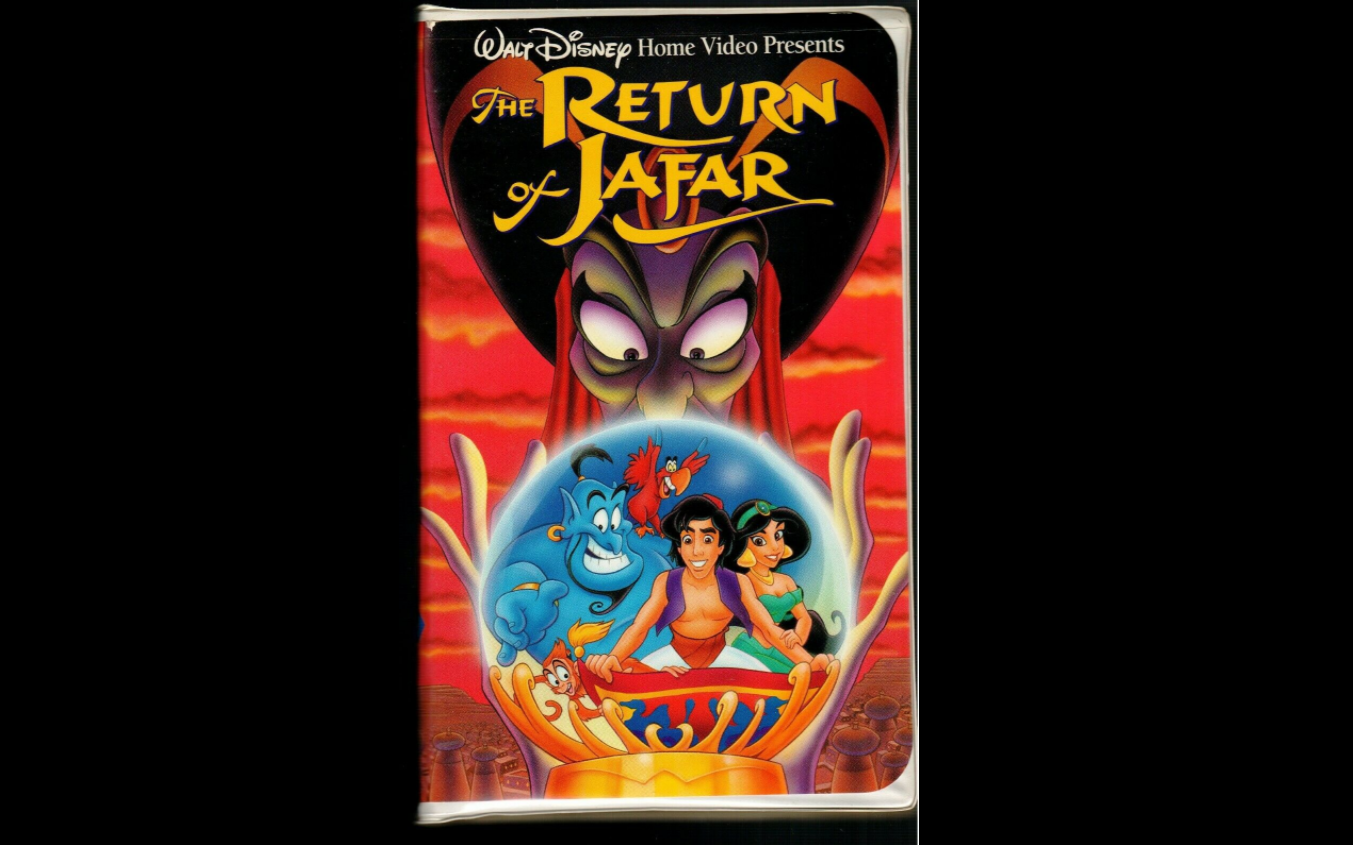
12. Robin Williams got into a huge fight with Disney shortly after the release of Aladdin. The source of the argument came from him taking a huge pay cut in order to voice the Genie (which he did because he wanted to do it for his kids). The one thing he asked for in return was that his voice not be used for merchandising products or marketing. Disney agreed but then realized that the Genie was really the star of the movie, and ended up using his voice for both of those things.
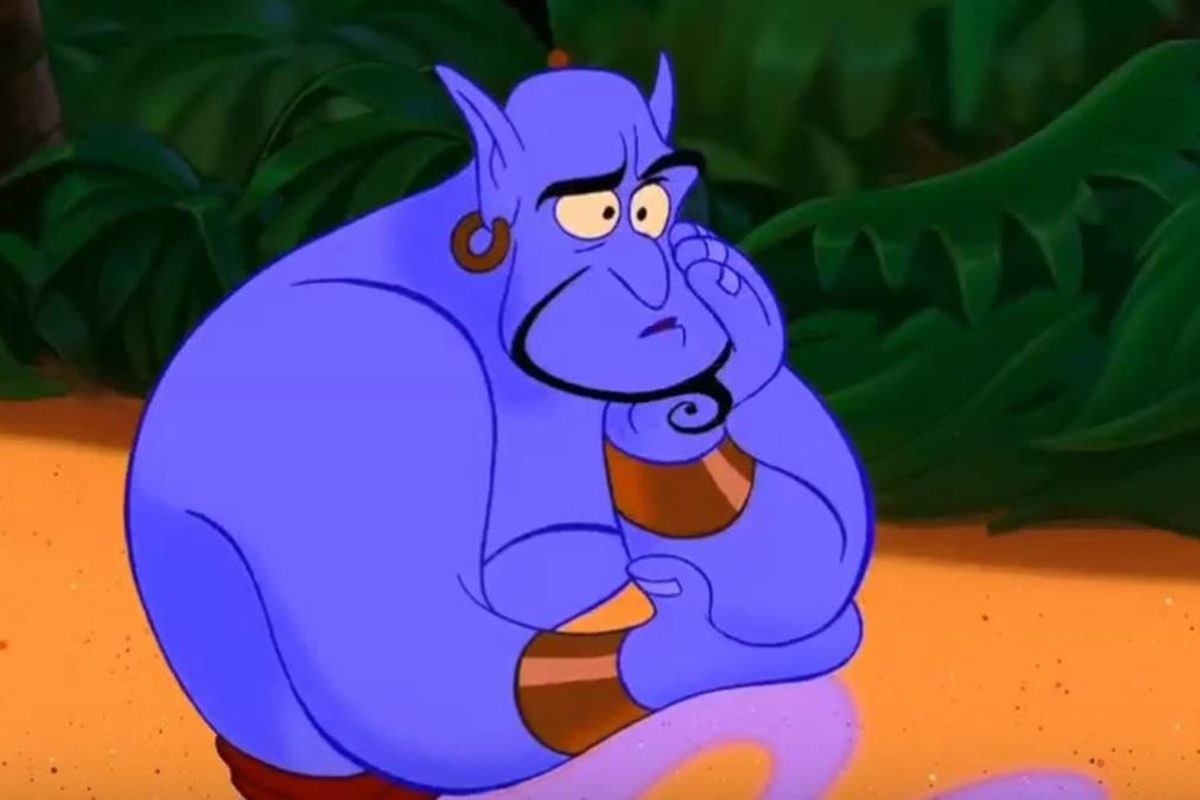
As an apology to Robin, Disney sent him a Picasso worth over $1 million as a gift. Eventually the two did make up, with Robin returning to voice the Genie in the third movie, Aladdin and the King of Thieves.
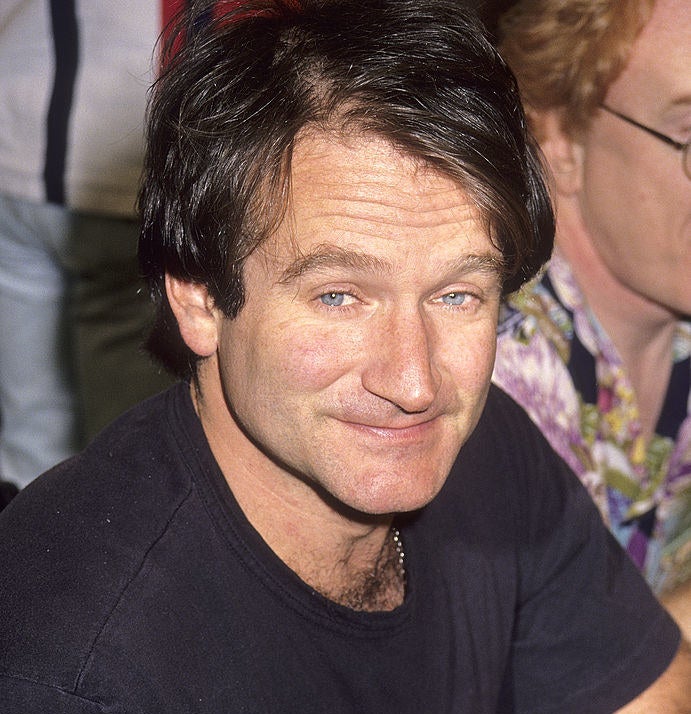
And in 2009, Robin became an official Disney Legend for his work in Disney projects like Good Morning Vietnam, Dead Poets Society, and, of course, Aladdin.
